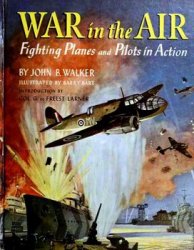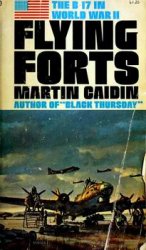“Slow, vulnerable and not steady enough” was the official French Air Force verdict on the Loire Nieuport LN-40 dive bomber submitted to them. It was a verdict that could also have been brought against the Junkers, which lumbered along at less than 200 mph and had only one little machine gun to defend itself. Such machines were no match for the French Air Force’s excellent Dewoitine D.520, which many experts still maintain was comparable to the Supermarine Spit-

FIGURE 18 Dewoitine 520 single-seat fighter.
Fire. But, by May 1940, only seventy-nine Dewoitine D.520s were in service.
The French aviation industry was still making aircraft by hand rather than mass production. It was slow and expensive and thus extremely difficult for government purchasing departments to challenge the costs. Judging from the scandals that periodically came to light during the prewar years, this latter factor was being fully exploited.
Only sixty French aircraft were made in September 1939, and this rate of manufacture was not improved. As a stopgap measure, the French government bought some American Curtiss Hawk 75A-ls. This was a cheap export version of the Curtiss P-36 Mohawk that the U. S. Army Air Corps used. It marked the Curtiss-Wright company’s changeover from biplane fighters to monoplanes. It was a good fighter plane unless measured against the outstanding Messerschmitt Bf 109, which was exactly what it would be up against.
The rest of the French aircraft were as varied as their tanks. They ranged from some excellent light bombers to antiques. The mediocre Morane-Saulnier M. S.406 fighter, a rather slow machine, had been supplied with engines from the Skoda works in Czechoslovakia until 1938.
Although there were few superlative aircraft in the French Armee de VAir, neither were they plentiful in the Luftwaffe or the RAF. The RAF Fairey Battle light bomber, for instance, was little more than a stretched fighter, with a crew of three. Crews displayed amazing courage, but that was not enough to overcome the limitations of this unwieldy machine. The tactics of air armies—like those of land armies— consisted in bringing superior weapons to bear upon vulnerable ones. Fighters were the trump card of the air battle, but their range and flight duration were short and they could not be everywhere. Looking at the rival air forces of the Western Front as they were at the beginning of 1940, it was reasonable for one to assume that the burden and special difficulties of being an attacker might well even out any disparity in the equipment of the French and German armed forces. If one threw into the scales the RAF contingents, with their Hawker Hurricane fighters and medium bombers and the air forces of Belgium and the Netherlands, German air power looked marginally inferior to what it faced.




 World History
World History









